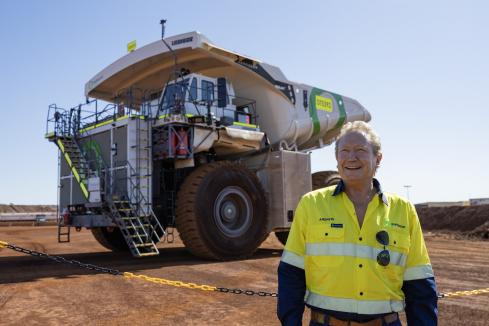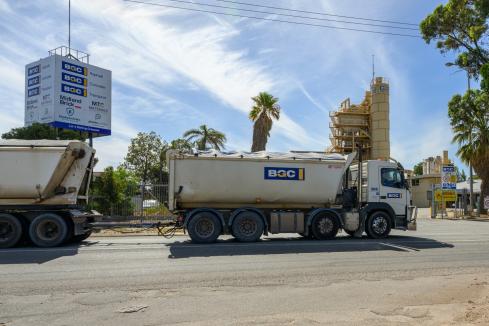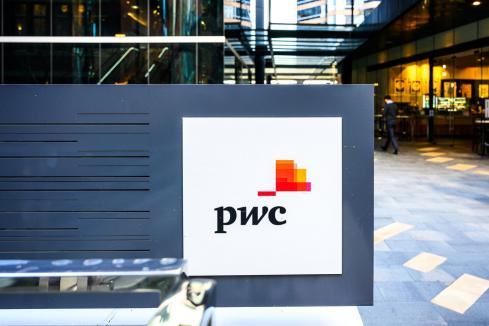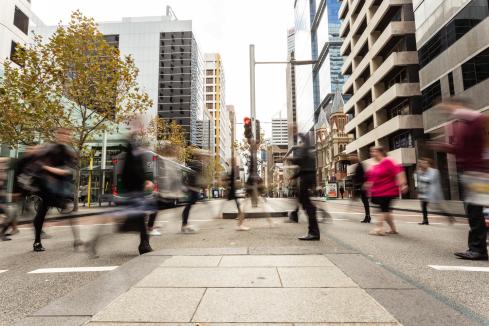SPECIAL REPORT: Trade battles, high Chinese debt and slowing global growth are among the biggest threats to the WA economy.


Trade battles, high Chinese debt and slowing global growth are among the biggest threats to the WA economy.
A recent speech by Chinese President Xi Jinping, in which he referenced the possibility of an economic slowdown, shows that concerns about the long-term sustainability of China’s growth run right to the top.
The Asian powerhouse has appeared recession-proof for at least four decades, particularly in the past 15 years, and this success has flowed to Western Australia.
The signs are pointing to a bumpier road ahead, however.
China’s GDP growth was 6.6 per cent in 2018, the lowest annual level since 1990, while car sales fell 6 per cent to 22.7 million units, the first drop in two decades.
(click to see the full PDF of this three-article special report)
A big challenge will be Chinese negotiations with the US to resolve a trade war that started last year, and may escalate in the months ahead.
But that is not the only issue.
China’s debt-to-GDP ratio is roughly 300 per cent, according to the Institute for International Finance, with a good portion of that believed to be debt between government entities, such as public corporations and public banks.
That prompted Mr Xi to warn bureaucrats from across the country to prepare for economic problems, including over-indebted businesses.

The International Monetary Fund recently projected Chinese GDP growth of 6.2 per cent this year, while world growth would be 3.5 per cent, lower than other recent projections.
Risk was on the downside, however.
“Despite fiscal stimulus that offsets some of the impact of higher US tariffs, China’s economy will slow due to the combined influence of needed financial regulatory tightening and trade tensions with the US,” the report said.
There would still be some way to go for trade negotiations, the IMF predicted, putting trade and investment under threat globally.
“A second source of systemic financial stability risk is a deeper-than-envisaged slowdown in China, with negative implications for trading partners and global commodity prices,” the report said.
“China’s economy slowed in 2018 mainly due to financial regulatory tightening to rein-in shadow banking activity and off-budget local government investment, and as a result of the widening trade dispute with the US, which intensified the slowdown toward the end of the
year.
“Further deceleration is projected for 2019.”
Outside of China, there were clear signals in 2018 that the decade of monetary easing worldwide since the GFC would be unwound, with the US federal funds rate up 1 percentage point in 2018 to 2.5 per cent.
Recently, however, the US Federal Reserve has reportedly become more cautious, possibly holding off further rate hikes for some months.
Those worries about China and monetary tightening contributed to much bloodshed on equity markets in 2018, with the Dow Jones 5.6 per cent lower, and the ASX 200 falling 6.8 per cent.
Iron ore
The most pertinent number for WA is probably iron ore futures, which predict a $US10 per tonne drop in the commodity’s price from time of writing until December 2020, to be around $US64/t.
If realised, that would take about $760 million per year out of the WA state budget.
Nonetheless, projections for WA are generally optimistic, with $95 billion of major projects that are either likely or under way, according to the BNiQ Search Engine.
Data service IbisWorld said last month that a return to the boom conditions in WA prior to 2011-12 may be on the way, citing new iron ore projects under construction and likely LNG developments.
However, IbisWorld senior industry analyst Jason Aravanis warned that rising LNG production from Qatar and the US might threaten that investment, while China’s problems were a definite threat.
“Should the global economy enter a downturn in response to the significant tariffs introduced in 2018, the Australian economy is likely to be hit hard,” Mr Aravanis said.
PerthUSAsia Centre director of research Jeffrey Wilson agreed the trade war would flow on to WA.
“That’s a trade dispute against WA iron ore,” Dr Wilson said.
“Their steel is our iron ore … when Trump starts a trade war that tariffs Chinese steel, he’s tariffing WA iron ore.
“At the moment the trade dispute hasn’t had a big impact on that because it’s still at a stand-off point … and the Chinese system lurches on because of the state banking system underpinning it.
“The cost for the Chinese heavy industry because of the trade dispute is basically being absorbed by the taxpayer through the financial system; that’s probably not sustainable.”
WA exported $61.7 billion of iron ore in the 2018 financial year, mostly to China.
The 826 million tonnes shipped from WA accounted for about 57 per cent of global seaborne iron ore exports.
Whether there’s a negotiated solution to the trade battle or not, Dr Wilson said the Chinese growth model of heavy industry exports would not be able to continue.
WA may not be hit too hard, with advantages in quality compared to other jurisdictions, he said, although the state should not expect a high level of growth in iron ore exports in the near future.
Diversity
That meant a need to look to other sectors to drive growth, and some fresh thinking about how that might be generated.
One example was in tourism, which Dr Wilson said should be approached in a coordinated way with international education, because families often visited their children while they were studying in Australia.
Low growth in international student numbers was linked to poor showings in tourism data, so he suggested the two be marketed together in a way that was appealing to the Asian market.
WA could also export its technological developments in agribusiness and natural resources, Dr Wilson said, but this would require a strategy focused on supporting small and medium enterprises, rather than mass scale exporters.
Optimism
Deloitte Access Economics partner Matt Judkins told Business News there was plenty of cause for optimism in WA, although problems in China would be one of the biggest economic risks.
“China would be near the top of the agenda of things to watch out for,” Mr Judkins said.
“More broadly … we’ve had some pretty coordinated growth around the world (in recent years), and that dynamic is now changing.
“One of the big changes is a slowing Chinese economy.”
The chance of a massive contraction that reduced demand for WA iron ore was relatively low, he said, although not impossible.
“The risk that there’s a severe contraction, there’d have to be a trigger for that, a reasonably catastrophic trigger,” Mr Judkins said.
A full-blown trade war or a major deleveraging would both be potential causes, but an advantage for WA would be that the state’s producers were very low on the cash-cost curve for iron ore, making it less likely volume would be reduced,
he said.
“At some point in time, relying on debt-fuelled growth is not a sustainable position to be in. If they continue to grow, and they are able to continue to have that growth without a reliance on increasing debt, then they grow themselves out of the problem,” Mr Judkins said.
“The issue is how reliant that growth rate is at the moment on fiscal stimulus.
“That’s both the formal debt and also with the shadow banking system; it certainly is a concern to economists around the world how much of this debt is hidden.”
The other pertinent question for China would be changing its growth model away from capital goods manufacturing to consumption, he said.
Monetary matters
As the risk of a China slowdown has increased, another risk appears to be fading.
Mr Judkins said monetary tightening had been withdrawn in the US in recent months as inflation expectations had remained subdued.
Overall, he was positive.
“There’s a lot to be optimistic about,” Mr Judkins said.
“While there are certainly globally some issues on the horizon, WA is a little countercyclical relative to our east coast cousins.
“We’ve taken a fair amount of medicine over the last five or six years, which is always good in terms of positioning the economy for the next upturn.”
The hydrogen economy, remote sensing and automation, and integrating storage with renewable energy were among the industries Deloitte recently highlighted as global opportunities, and areas in which WA has a comparative advantage.
“One of the greatest risks we have as a state is that we don’t do enough to position ourselves around some of those opportunities … (that) we’re too complacent,” Mr Judkins said.





















